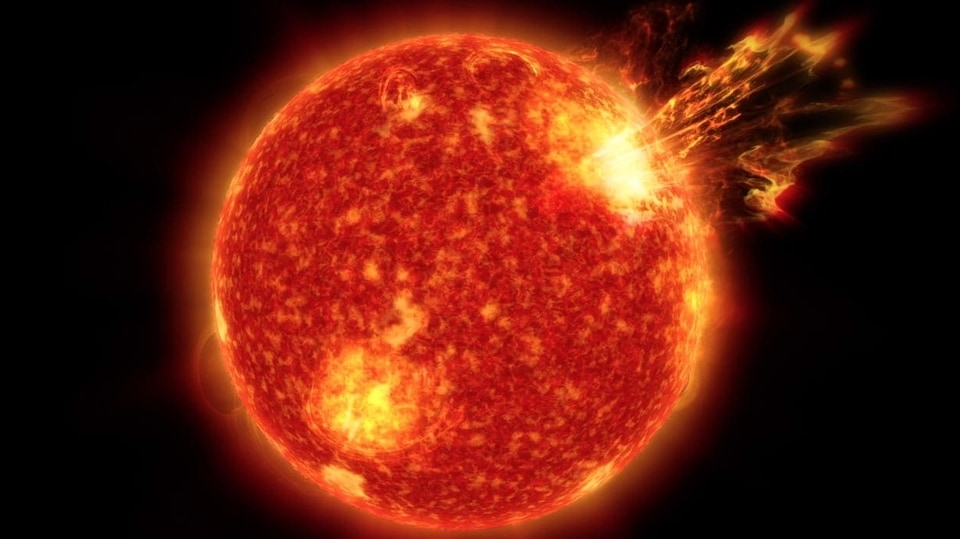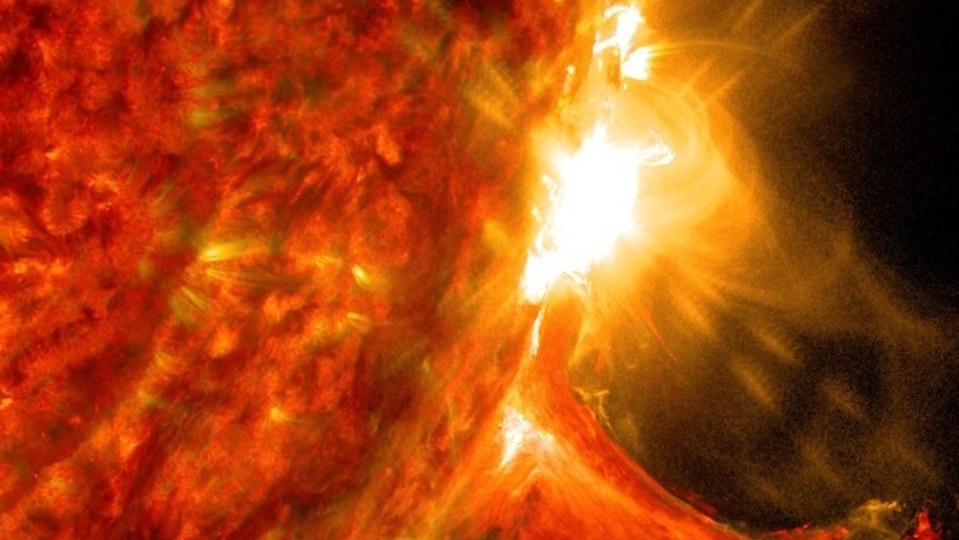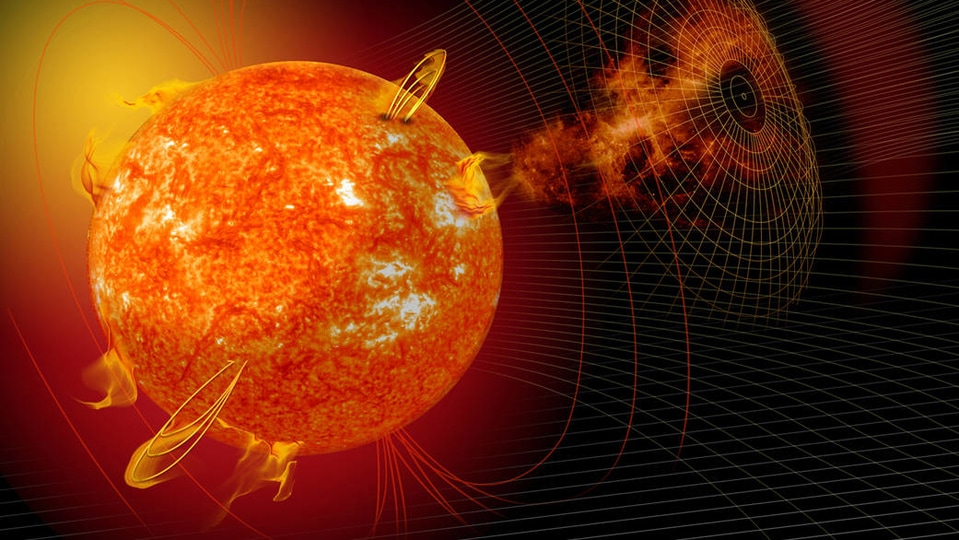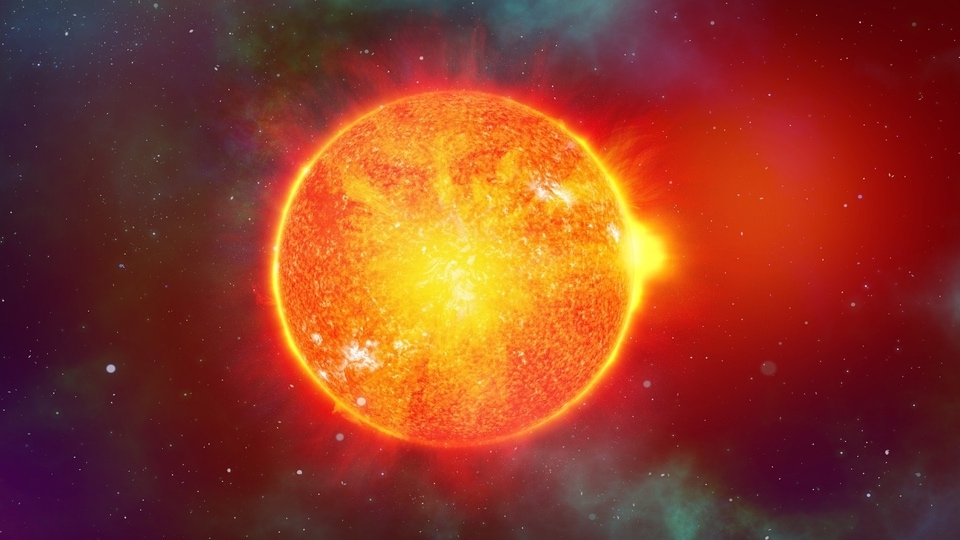What are Solar Flares? Know about high-speed winds burning at 100 million Kelvin
Multiple solar flares have impacted Earth this year. But do you know what solar flares are and what causes them? Read on to find out.




_1639373804152_1639373815879.jpg)

 View all Images
View all ImagesEarth is being bombarded with solar flares this year as the Sun is in the peak of its 11-year solar cycle. This has resulted in more frequent solar eruptions resulting in more solar flares sent hurtling towards Earth. Solar flares can reach temperatures up to 100 million degrees Kelvin and have the potential to cause power grid failures, blackouts and GPS crashes.
What are Solar Flares?
According to NASA, Solar flares are photon flares emitted from the Sun which travel from the flare site. They are rated on the basis of their intensity with the highest being an X-rated solar flare. Solar Flares occur due to Coronal Mass Ejections (CMEs) on the surface of the Sun which sends charged photon particles hurtling towards Earth.
A single solar flare has the capacity of 2.5 million nuclear bombs. NASA says, “There are typically three stages to a solar flare. First is the precursor stage, where the release of magnetic energy is triggered. Soft x-ray emission is detected in this stage. In the second or impulsive stage, protons and electrons are accelerated to energies exceeding 1 MeV. During the impulsive stage, radio waves, hard x-rays, and gamma rays are emitted. The gradual build up and decay of soft x-rays can be detected in the third, decay stage. The duration of these stages can be as short as a few seconds or as long as an hour.”
Can solar flares cause damage?
As a solar flare hits the Earth, it interacts with Earth's magnetic field and causes the formation of Geomagnetic storms. When a solar flare hits the Earth, the radio communications and the power grid is affected when it hits the Earth's magnetic field. It can cause radio blackouts for several hours or even days.
A strong solar flare can also cause the change in migration patterns of birds, whales and even bees. Since birds rely on magnetic fields of the Earth for navigation, their migration pattern gets affected as the end of the 11-year solar cycle results in the North and South poles switching.
Geomagnetic storms, formed due to solar flare impact, can bring about shifting curtains of light in greens, blues and pinks which light up the night sky in the Northern and Southern poles. They are called Northern Lights or Aurora Borealis in the North Pole and Southern Lights or Aurora Australis in the South Pole.
The frequency of solar flares is set to increase in the coming years as the Sun reaches the peak of its solar cycle, likely to be around 2025.
Catch all the Latest Tech News, Mobile News, Laptop News, Gaming news, Wearables News , How To News, also keep up with us on Whatsapp channel,Twitter, Facebook, Google News, and Instagram. For our latest videos, subscribe to our YouTube channel.































